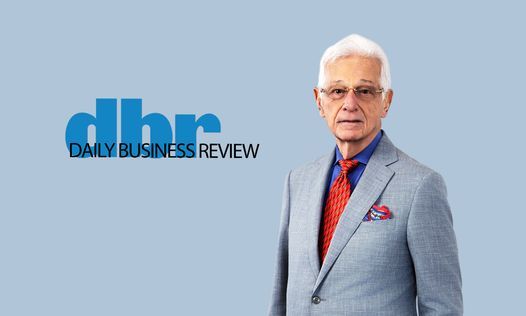11th Circuit Affirms Denial of Temporary Reinstatement Sought By NLRB
In NLRB v. Hartman & Tyner, Inc., Case No. 12-14508 (11th Cir. April 16, 2013), the 11th Circuit of the U.S. Court of Appeals affirmed a trial court ruling that denied the NLRB's request to have six employees temporarily reinstated to their jobs. The Board charged the employer with discharging the employees because of their involvement in a union organizing campaign. Of interest to employers, the ruling focused on whether the temporary reinstatement of the employees, sought by the Board, qualified as "just and proper" relief under the National Labor Relations Act. 29 U.S.C. sec. 160(j).
The Act gives the Board a platform to obtain interim injunctive relief, meaning while a Board case is pending if two criteria are met. First, the Board must show that reasonable cause exists to believe that unfair labor practices have occurred. In this case, the Board contended that the employer interfered, restrained, or coerced employees in the exercise of their collective bargaining rights, and discriminated against certain employees by discouraging union membership, both violations of the Act, 29 U.S.C. secs. 158(a)(1), (3), when it discharged six employees based on their actions in joining a union.
The Board satisfied the first prong for obtaining temporary relief for the discharged employees. Specifically, at an evidentiary hearing, the Board provided sufficient evidence to indicate that unfair labor practices had occurred during the course of the unionization campaign at the employer's facilities. Where the Board's quest for relief fell short was under the second prong of the test for interim relief. On the factual record, the trial court found that the evidence showed that the union organization campaign had "grown cold" more than a week before the contested discharges. The trial court also determined that the terminations had little, if any, impact on the ability of the union to successfully proceed with its organization campaign. In addition, the trial court noted that the Board's four-month delay in seeking relief undermined the contention that interim relief would better address the issue instead of a final order to be entered by the Board.
On appeal, the 11th Circuit first noted that the factual rulings made by the trial court could only be reversed if the trial court was found to have abused its discretion. Under that standard, the factual findings by the trial court would stand unless they were clearly erroneous. The appellate court affirmed the trial court's factual findings, while stressing that the record evidence revealed that the discharges at issue were not proven to inflict any "chilling" effect on the union campaign. For example, the attendance at the union meetings stayed the same, or improved slightly, after the terminations at issue occurred. Moreover, the record displayed that none of the departmental co-workers of the discharged employees sought to rescind their authorization cards. As a result, the appeals court rejected the Board's efforts to challenge the fact-finding of the trial court and affirmed the trial court's decision denying temporary relief.
The Hartman opinion provides a reminder to employers to monitor and review the factual impact of any discharges that occur during the course of a union organizing campaign, as well as other employee activities protected by the National Labor Relations Act.
Featured Insights

Employment Law Observer
Dec 8, 2025
12 Days of California Labor and Employment: 2025 Year in Review

Press Release
Dec 4, 2025
Hinshaw Recognized by the Leadership Council for Legal Diversity as a 2025 Top Performer

Press Release
Nov 25, 2025
Hinshaw Legal Team Secures Summary Judgment in Gas Station Injury Case

Press Release
Nov 18, 2025
Hinshaw Releases the Third Edition of Duty to Defend: A Fifty-State Survey

In The News
Nov 13, 2025
A Profile on Neil Rollnick: After 57 Years in Practice, He Has No Plans to Retire

Press Release
Oct 22, 2025
Hinshaw & Culbertson LLP Launches New Website and Refreshed Brand






